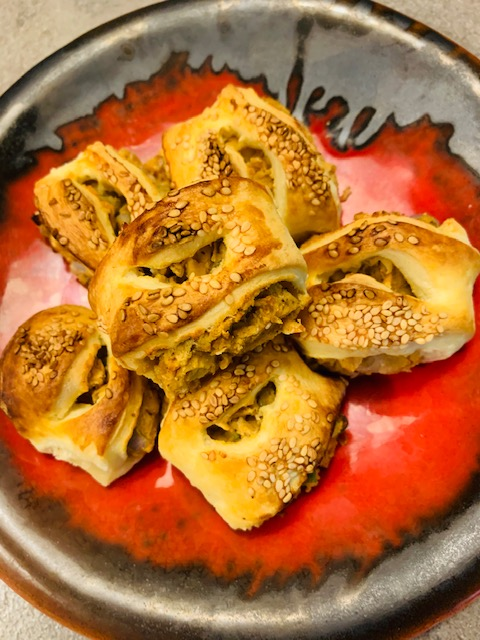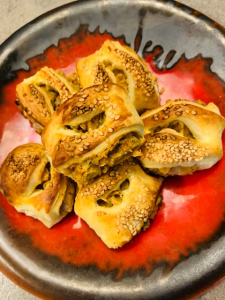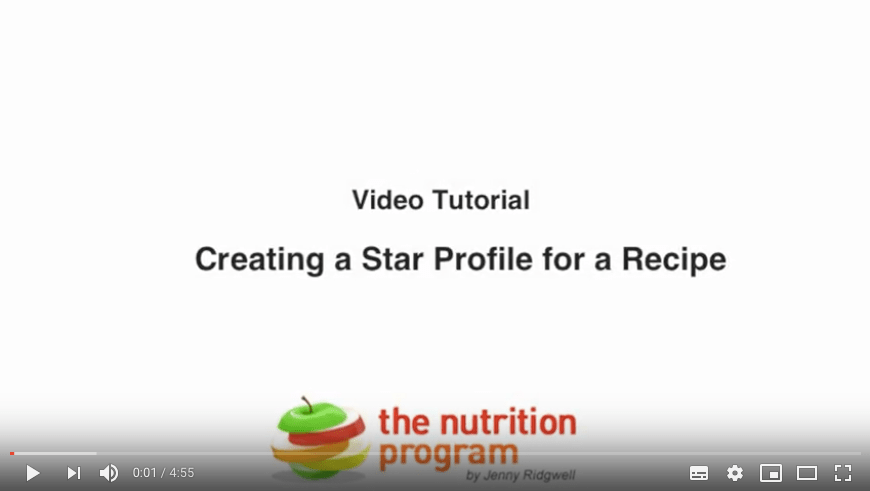Hello – message from Jenny Ridgwell – For Food Teachers: my NEA1 Food Investigations 10 Tasks is available again in September 2023 as a PDF download for £10 – this includes the tasks from the posts below and more. If you’re interested in getting a copy of this as a PDF, please email me directly at jennyridgwell75@gmail.com
Useful stuff on gelatinisation
Ideas and facts on raising baked goods
Ideas on gluten and flours to use
Gluten and pasta
Sugar in cakes and more
Evaluate foams for meringues
NEA 1 Food Investigations – 10 Tasks
For Food Teachers: my NEA1 Food Investigations 10 Tasks is available again in September 2023 as download for £10 – see a few example pages below. If you’re interested in getting a copy of this as a PDF, please email me directly at jennyridgwell75@gmail.com



















